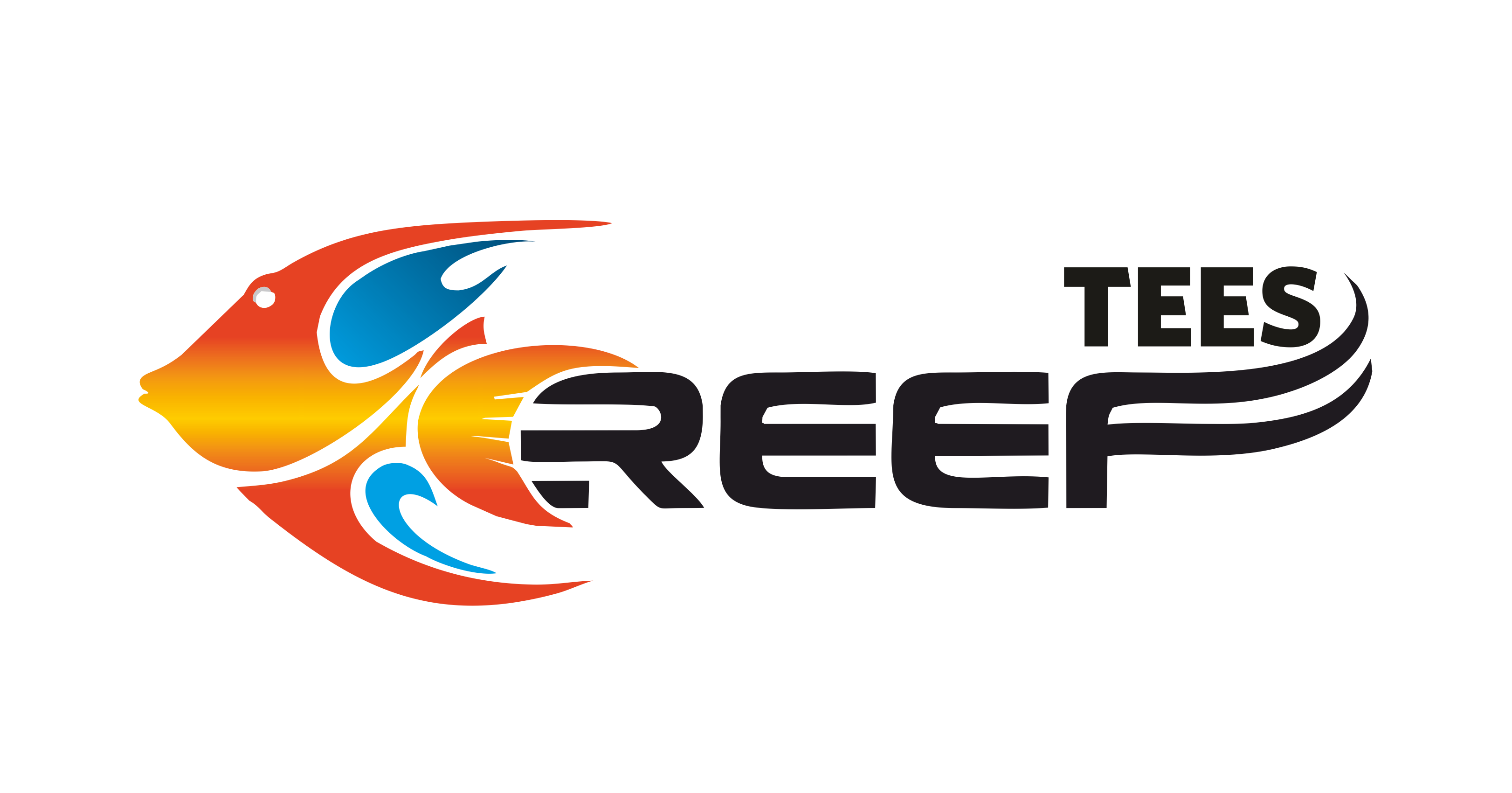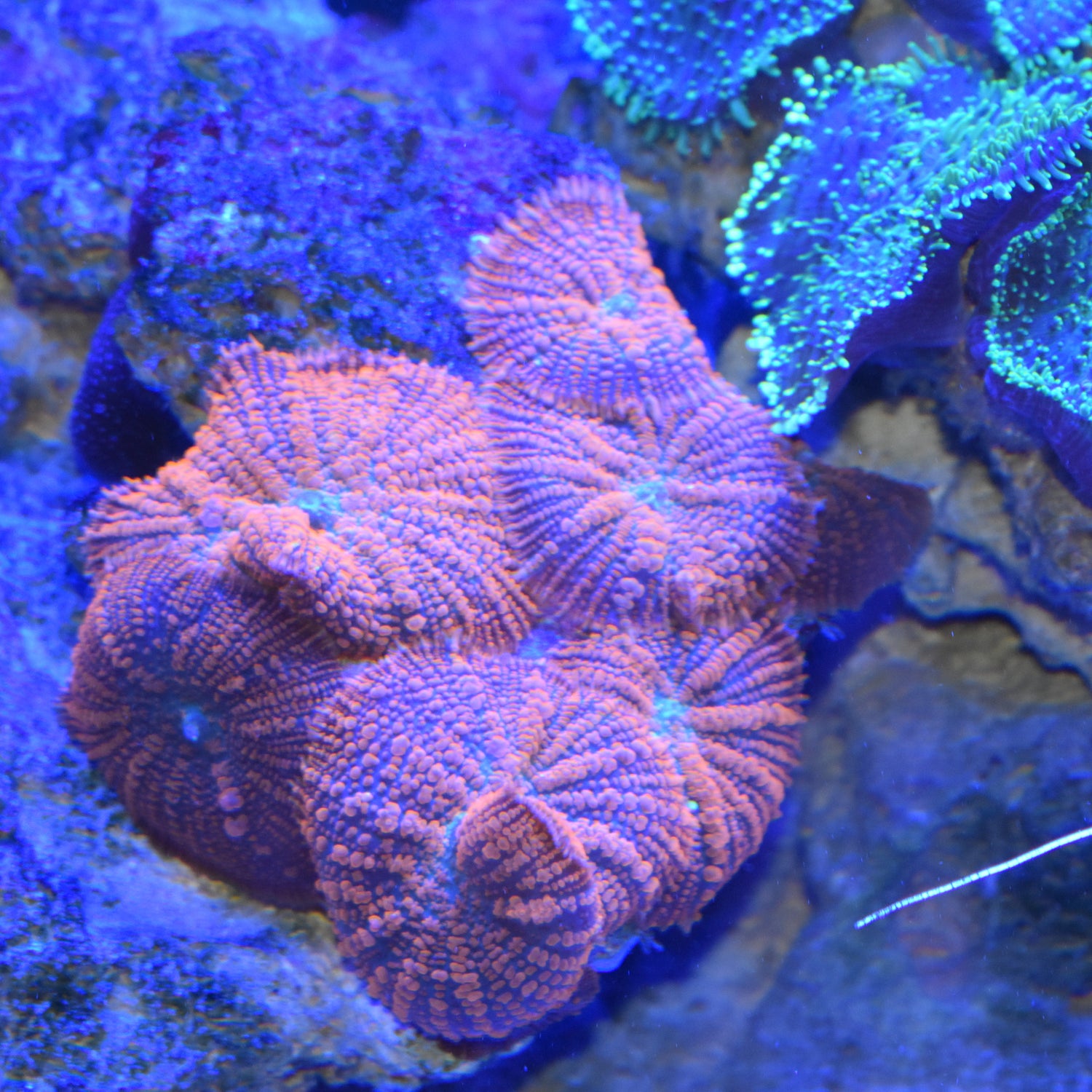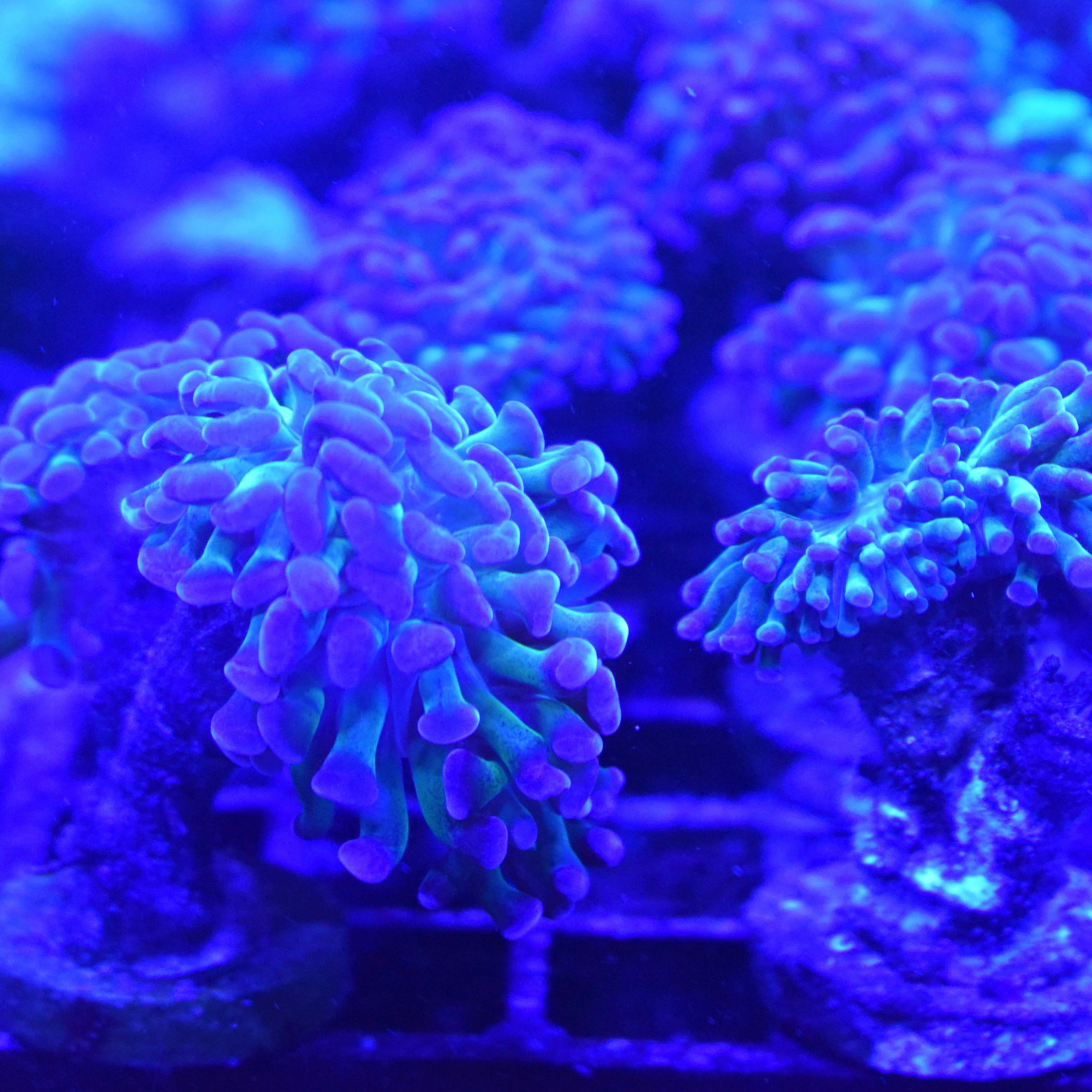Part One of this article discussed incandescent and fluorescent lighting systems. This article covers metal halide and HQI aquarium lighting systems.
Metal Halide Lighting Systems
Metal halide systems are useful for any aquarium setup demanding high light intensities, or for very tall, fish-only aquariums where intense light is needed to illuminate the entire aquarium. This type of lighting is also ideal for freshwater planted and saltwater reef aquariums.
Because metal halides produce such concentrated, intense light, they create an effect referred to as "glitter lines." Glitter lines are light waves that have been intensified by the surface movement of the water. This same effect occurs on a pool of water in bright sunshine - light waves "glitter" across the bottom of the pool as the surface water moves. These intensified light rays are not only attractive, they are also thought to provide photosynthetic benefits for corals.
Screw Socket Metal Halide Systems
While similar in appearance to incandescent bulbs, metal halide bulbs offer higher intensity, wattages, and spectrum ranges. Metal halide bulbs are comprised of two glass bulbs - a larger glass bulb containing a smaller gas-filled glass bulb - connected by a series of wires. When electricity passes through the smaller interior bulb, the gas inside produces light.
The base of a metal halide bulb is threaded like an incandescent lamp, but requires a special, system-specific socket called a mogul. The ballast required to operate a metal halide system is typically located in a cabinet below the aquarium, where its radiant heat will not increase aquarium temperature. Metal halide bulbs are available with spectrums ranging from 4,000K to 20,000K, and wattage ranging from 175 to 1,000 watts.
HQI Lighting Systems
Relatively new to the aquarium hobby, Halogen Quartz Iodide (HQI) lighting systems are used mostly on saltwater reef aquariums. HQI bulbs are commonly offered in 150- and 250-watt systems with spectrums of 10,000K and 20,000K. These high-intensity bulbs help corals thrive, but give off less heat than regular metal halide bulbs.
HQI systems share many of the same features as metal halide systems, but differ in design. HQI bulbs are much smaller than metal halide bulbs and are double-ended. HQI and screw socket require a system-specific socket. The range of spectrums and wattages of HQI bulbs are now comparable to those of screw socket metal halide bulbs.
Similar to metal halide systems, HQI systems offer drawbacks worth mentioning. First, the bulbs get extremely hot, and may explode if splashed with water. Therefore, a glass tank top is an important addition to any aquarium with an HQI system. Second, since HQI systems produce UV rays, a tank top with a UV filter is required to keep corals from getting "burned." Finally, HQI systems emit a significant amount of heat, requiring the use of a fan and chiller to keep water temperature safe and steady.
Special Concerns
Due to their high initial cost, operating (electrical) costs, and bulb replacement costs, metal halide lighting systems tend to be more expensive.
Even though metal halide systems are expensive, they are actually very efficient. Watt-for-watt, they produce more light than other systems. But because they produce so much light, they have high energy costs.
Metal halide bulbs emit a large amount of heat that warms the air within the lighting hood as well as the aquarium water. Circulation fans that remove hot air from the lighting hood are a must with metal halide systems. A water chiller is also typically needed, unless you purposely maintain your aquarium water at a high temperature. Raising the lighting system above the aquarium by at least 8" allows greater air circulation and reduces the amount of heat transferred to the water.
Conclusion
Just as the lighting industry continues to experience significant technological advancements, knowledge and understanding of the requirements of photosynthetic organisms continues to grow. These two key factors have not only afforded aquarium hobbyists the ability to sustain many of these organisms in an aquarium setting, but also to raise and propagate them in an environment that closely resembles natural conditions. When choosing a lighting system, be sure to design that system around the requirements of the organisms you plan to keep in your aquarium.




Leave a comment
This site is protected by hCaptcha and the hCaptcha Privacy Policy and Terms of Service apply.